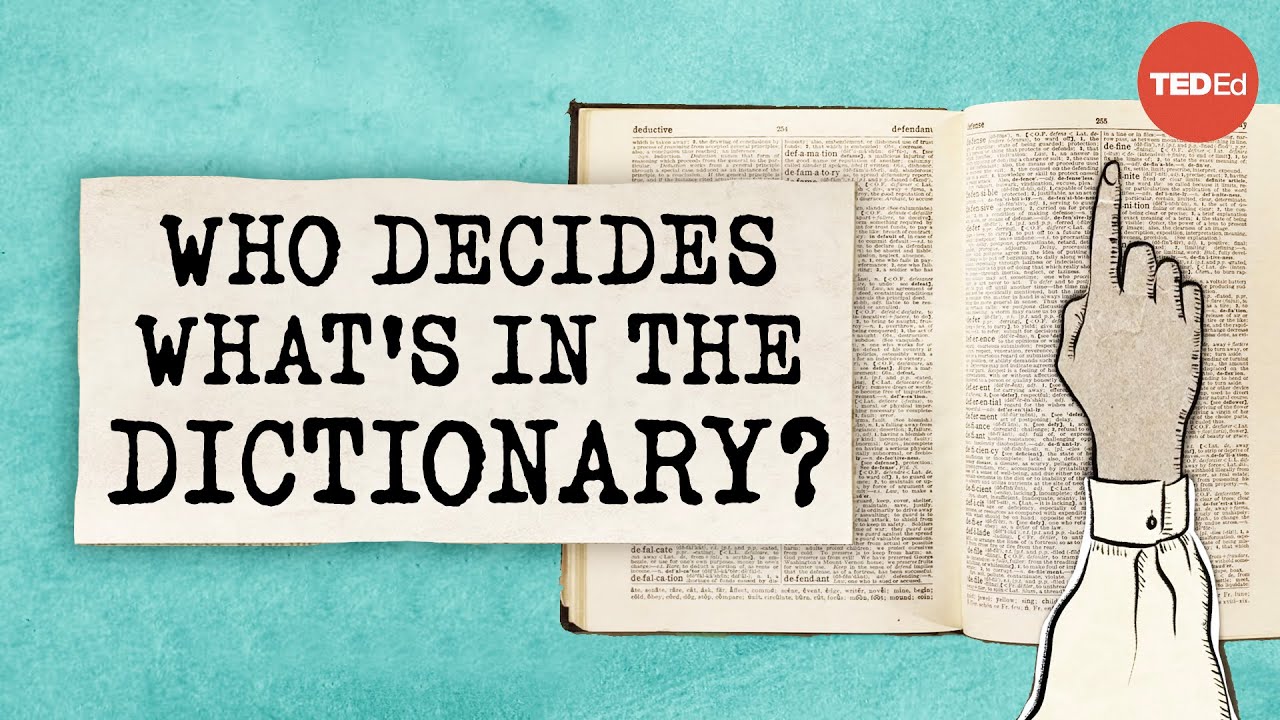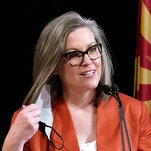Diversity in Media Representation: Progress and Challenges in Film, Television, and Literature
The Growing Demand for Diversity in Media
Diversity in media representation has become a major topic of discussion in recent years, and for good reason. The way people see themselves in films, television, and books plays a big role in shaping identity, self-worth, and how different communities are perceived in society. For decades, mainstream media largely focused on a narrow set of voices, primarily white, male, and able-bodied individuals, leaving many other groups underrepresented or misrepresented. While progress has been made, with more diverse stories and characters appearing across all forms of media, challenges remain. From tokenism to stereotypes, and barriers to opportunities for marginalized creators, the fight for genuine inclusivity is far from over. However, the demand for representation is growing stronger. Audiences today want content that reflects the world they live in, and creators are pushing for more authentic storytelling. The question now is whether the industry can keep up with this demand and make lasting changes, or if diversity will remain just another trend.
A Look Back: The History of Representation in Media
Looking back, representation in media has been a long and complicated journey. For many years, Hollywood and major television networks focused almost entirely on white and male-led narratives, with little room for other voices. Women were often portrayed as secondary characters, people of color were given stereotypical or minor roles, and LGBTQ+ representation was either nonexistent or negative. Even literature followed similar patterns, with most published works coming from white male authors, and stories about diverse communities often sidelined. But as society evolved, so did media. The civil rights movement, feminism, and LGBTQ+ activism played a major role in pushing for change. Films like Guess Who’s Coming to Dinner and The Color Purple helped pave the way for more diverse stories, while TV shows like The Jeffersons and Fresh Prince of Bel-Air introduced Black families into mainstream entertainment. Literature also saw an increase in diverse voices, though the publishing industry was slower to embrace change. While these steps were significant, true inclusivity remained limited, and much of the progress was met with resistance.
Representation in Film: Progress and Challenges
Today, representation in film has improved, but gaps still exist. Movies like Black Panther, Crazy Rich Asians, and Encanto have proven that diverse stories can be both critically and commercially successful. Independent filmmakers have also played a key role in bringing underrepresented stories to the screen, offering perspectives that big studios often overlook. Despite this progress, challenges remain. Hollywood continues to struggle with diversity behind the scenes, with the majority of directors, producers, and screenwriters still being white men. Many films include diverse characters, but sometimes in a way that feels forced or inauthentic, leading to accusations of tokenism. The industry also tends to focus on a limited number of narratives—such as slavery or racial struggles—when telling stories about people of color, instead of showcasing a full range of experiences. While things are moving in the right direction, there is still a long way to go in ensuring fair and accurate representation in film.
Diversity in Television: Leading the Way
Television, on the other hand, has arguably made more progress in representation compared to film. Streaming services like Netflix, Hulu, and Amazon Prime have played a huge role in this shift, as they are more willing to take risks on diverse content than traditional networks. Shows like Pose, Never Have I Ever, and Reservation Dogs have given visibility to LGBTQ+ communities, South Asian families, and Indigenous culture in ways that were rarely seen before. The success of these shows has proven that audiences are hungry for stories that go beyond the traditional Hollywood mold. However, television still faces many of the same challenges as film. While diverse characters are becoming more common, their stories are not always written by people who share their backgrounds, leading to concerns about authenticity. Additionally, while lead roles have diversified, executive positions in television—such as showrunners, producers, and writers—are still predominantly white and male. The push for true inclusivity means not just putting diverse faces on screen but also ensuring that diverse voices have creative control behind the scenes.
Diversity in Literature: Expanding Representation in Books
Literature, like film and television, has seen an increase in representation but also continues to face significant challenges. Over the past decade, the publishing industry has started to embrace more diverse authors and stories, particularly in young adult fiction. Movements like #OwnVoices have encouraged publishers to support books written by authors from the same communities they are depicting, helping to bring more authentic perspectives to the market. Authors such as Angie Thomas (The Hate U Give), Ocean Vuong (On Earth We’re Briefly Gorgeous), and N.K. Jemisin (The Broken Earth series) have gained recognition for their contributions to diverse storytelling. However, despite these successes, many barriers still exist. Publishing remains a predominantly white industry, and diverse authors often struggle to get the same marketing and distribution support as their white counterparts. Additionally, stories by authors of color, LGBTQ+ writers, and disabled authors are sometimes expected to focus solely on their identity struggles, limiting the kinds of narratives they can tell. While progress is being made, there is still a long way to go in ensuring equal opportunities for all writers.
The Impact of Representation on Society
Accurate and inclusive representation in media has a powerful impact on society. Seeing diverse characters and stories on screen and in books helps break down stereotypes, foster empathy, and create a more inclusive cultural landscape. For marginalized communities, representation provides validation and a sense of belonging. For example, young Black children seeing a superhero like T’Challa in Black Panther or young LGBTQ+ individuals watching shows like Heartstopper can have a significant positive influence on their self-esteem and identity. Representation also helps challenge harmful misconceptions. When media only portrays certain groups in negative or stereotypical ways, it reinforces biases and prejudices. However, when diverse stories are told authentically, they can help shift public perceptions and promote greater understanding between different communities.
Challenges That Still Need to Be Addressed
Despite the progress made in recent years, several challenges remain in achieving true diversity in media. Tokenism, where diverse characters are included just for the sake of representation rather than being given meaningful and well-developed roles, is still a common issue. Many productions also rely on stereotypes, portraying certain groups in limited or negative ways. Behind the scenes, the lack of diversity in leadership roles continues to be a major obstacle. While more actors and authors from underrepresented communities are gaining recognition, decision-making power in the industry still rests largely with white, male executives. Additionally, access to opportunities remains unequal, with many diverse creators struggling to secure funding, publishing deals, or major roles.
The Future of Diversity in Media
The future of diversity in media looks promising, but it requires continued effort and accountability. Audiences have shown that they want more inclusive stories, and studios, networks, and publishers are beginning to respond. The rise of independent creators, digital platforms, and social media has also given more power to underrepresented voices, allowing them to share their stories without relying on traditional gatekeepers. However, true progress will only come when diversity is not just a trend but a lasting commitment. This means not only increasing representation on screen and in books but also ensuring that diverse voices have creative control and leadership positions in the industry. If these changes continue, media will become more reflective of the real world, giving everyone the chance to see their stories told in meaningful and authentic ways.











